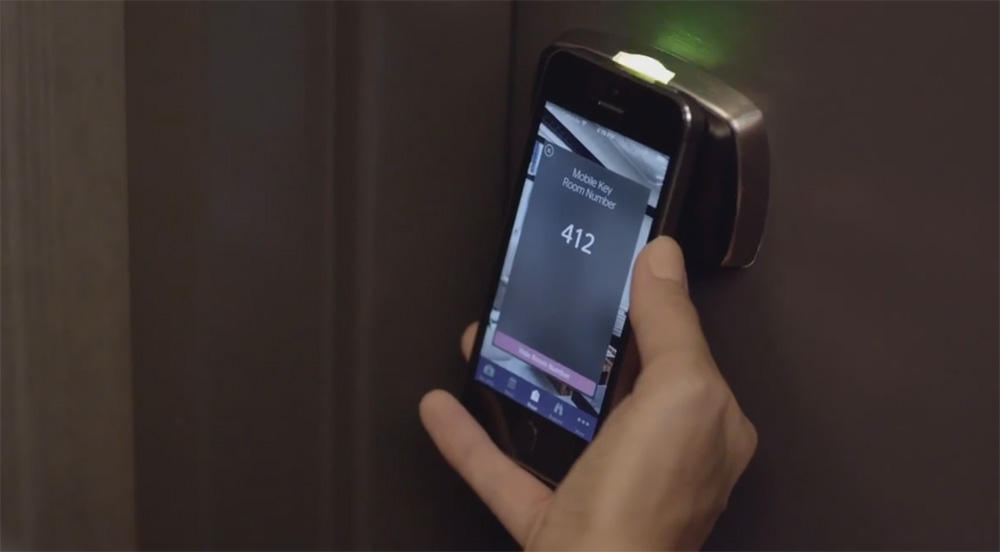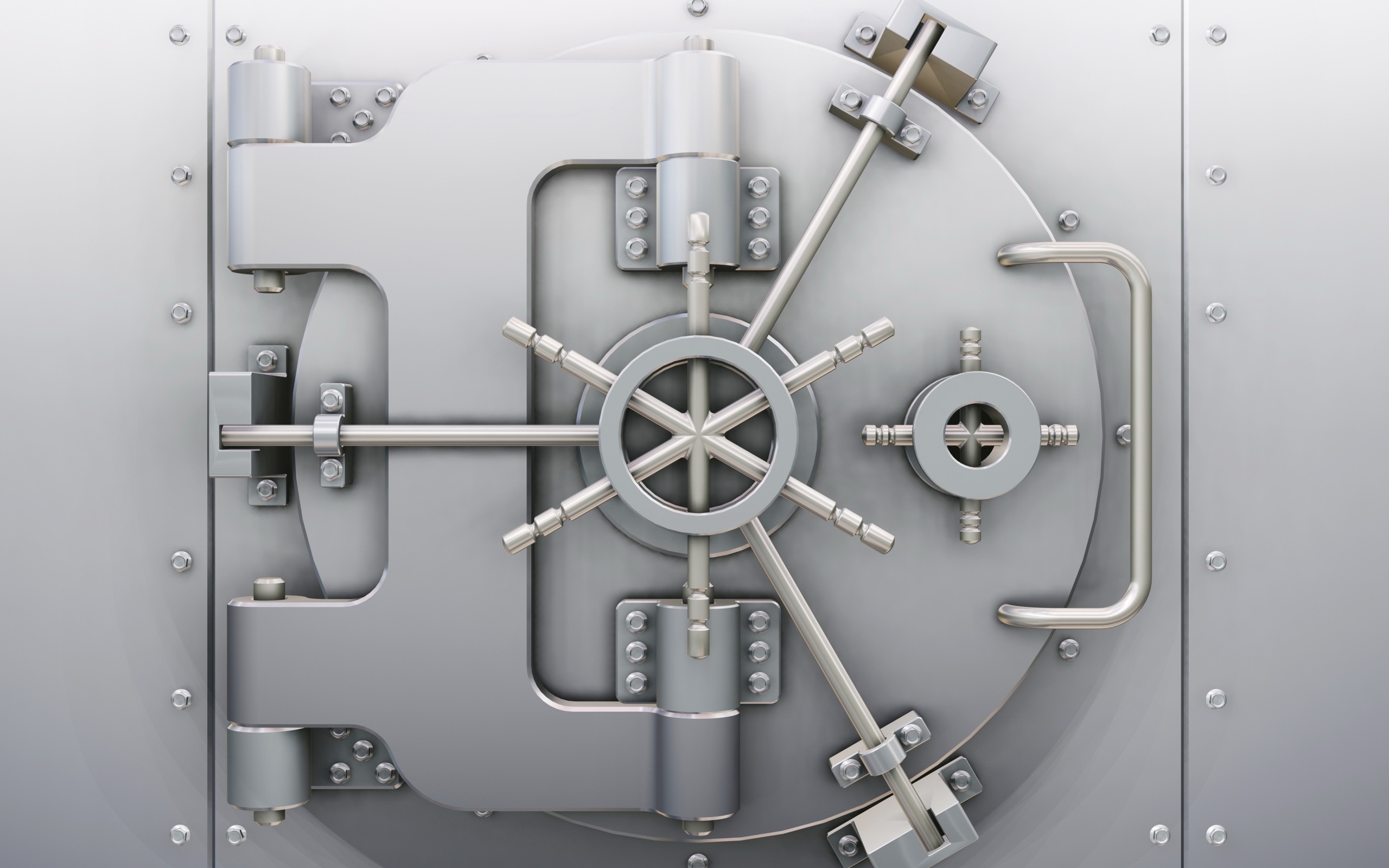Content Writer
Blog
Maria Pallante
VP, Loyalty Solutions
Maria leads a loyalty marketing operations team specializing in launching, managing and optimizing programs for North American clients. Her focus is on implementing effective customer retention and engagement strategies underpinned by operational excellence. Maria has established a disciplined approach to implementations that is leveraged for all clients and serves as the basis for our Operational Readiness Assessments.
Maria has over 15 years’ experience and has worked on 10+ loyalty program implementations, including new and transitioning programs. Maria’s experience spans a number of industry sectors including financial services, retail, pharmaceutical, telecom and hospitality. Clients have included decision-makers at Aeroplan, HSBC, Home Depot and other North American blue-chip companies.
Maria has a Biochemistry degree (Hon) from McMaster University and an MBA from the De Groote School of Business from McMaster University. Maria is also a certified Project Management Professional.
Recent Posts
To deliver a best-in-class omnichannel retail experience, brands must focus on customer-centricity and deliver on new expectations from people on both sides of the counter.
Over the last 3 years, loyalty programs have become an attractive target of digital fraudsters. In fact, it was reported that 48 percent of businesses were hit by account takeovers (ATO), which cost companies more than $2.3 billion worldwide. Delta, Air Miles, Marriott, and PC Optimum loyalty programs were all hit by fraud with thieves reportedly hacking into accounts, stealing points, and going on shopping sprees. As fraudsters become more sophisticated in their techniques, companies need to be more sophisticated in their approach to fraud prevention and detection.
As featured in Loyalty 360
Keep up with an innovative mobile loyalty strategy
Loyalty—it’s in your customers’ pockets and at their fingertips. Smart brands are acquiring, engaging, and retaining customers with a loyalty strategy that harnesses the simplicity and readily-adopted nature of mobile. Here are some ideas on how leverage new integrations in mobile technology to personalize and enrich your customers’ journey.
If there is one thing all businesses have in common, it’s the need to attract, engage, and keep customers coming back. Loyalty programs were born out of a need to do this when shop owners gave customers copper tokens that could be redeemed for products on future purchases. Rewards have evolved a lot since then and our more traditional view of rewards, including merchandise for consumer programs, emerged in the ’80s through printed catalogs (remember those?).
Fast-forward to today, when the breadth of loyalty rewards programs across numerous sectors includes vast online catalogs of merchandise, gift card rewards, cause-related redemptions, travel, payment with points, point transfers, and experiential rewards—all aimed at engendering customer loyalty. While the pursuit of rewards breadth can be enticing for loyalty marketers, breadth is not enough to drive customer engagement.
It’s been close to a decade since blockchain technology surfaced, offering the tech community new possibilities and multiple uses. In our innovation lab, we’ve been exploring blockchain technology over the last few years; testing use cases with partners and clients, and continuing to examine whether the technology is helpful for customer engagement and loyalty purposes, or if it’s just hype?
What Comes First—The Platform or the Program Design? Three guiding principles to help you build a successful engagement strategy.

Content Writer
The chicken and the egg, age before beauty, cart before horse—while we love to debate the natural order of things, many brands are in search of a loyalty or CRM platform before understanding how the technology resides within the overall brand and program strategy. Marketers are eager to entice customers with a rewards program; however, loyalty has completely changed. Today a program involves so much more than simply launching a points platform—it requires truly understanding the customer journey and the ways in which customers engage with your brand.
Your dentist has a file on you. One that includes your name, birthdate, address and other personal details. You visit your dentist regularly, and tell your friends about your experiences with him. What if your dentist never used your first name? What if he never referred back to your visit history or dental records?
Apply this concept to a brand’s loyalty Program. When you enroll and participate in a loyalty Program, you’ve likely given up a good amount of personal information—and it’s not always put to good use, or at least not overtly. Consumers have noted this disconnect. The sixth annual survey by Bond Brand Loyalty has found that only 22 percent of loyalty program members are very satisfied with the level of personalization they’re receiving from brands. This highlights a tremendous opportunity for brands as satisfaction is 8X higher when programs are highly personalized. The thing is, personalization does not have to be complicated to yield this kind of payoff in satisfaction. Here are three steps to improve your personalization efforts today:
Over the last few months, fraud prevention and detection have been coming up to a greater extent with clients. As consumers become savvier, this becomes an ever-increasing challenge. So, if you’re launching a loyalty program, here are two questions you’ll need to think about:
What measures can be put in place to prevent fraudulent activity?
And knowing that you’ll never be able to think of everything, what can be put in place to detect or alert you to fraudulent activity?
.png)
.png)







